Media | Articles
Vellum Venom Vignette: Is two-tone paint coming back?
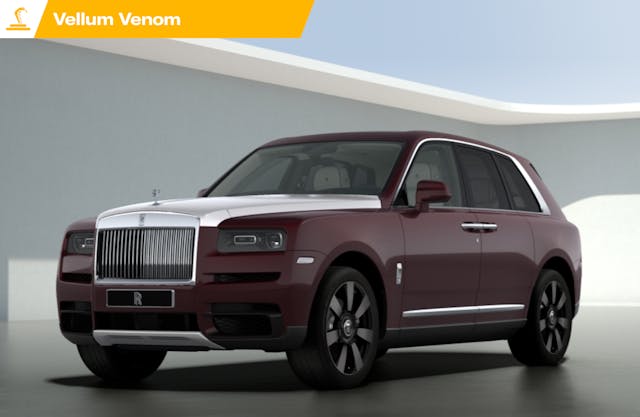
Fred writes:
This is the second time I’ve written you; the first was when you were at that other place. Anyway, I’ve noticed another automotive styling feature worth discussing, and perhaps you have some thoughts: I’ve been seeing cars with factory two-tone paint jobs, often a black roof over a white body. Will this become a trend?
Might it become more than black and white? Are we in for a return to ’50s paint schemes?
Sajeev answers:
Aside from the usual, bespoke creations for the top-tier demographic, we are absolutely not returning to 1950s levels of multiple-toned paint schemes. Cars are too damn expensive to make these days, and adding features is a balancing act: An automaker must consider sales volume and profitability. The market is too price-sensitive and competitive to alter that balance, and two-tone paint is the equivalent of dropping a lead weight on a balance beam scale . . . well, on a scale perfectly balanced with the features mandated by the government and the features demanded by consumers.
Marketplace
Buy and sell classics with confidence

It’s all fine and dandy for cars made in Maybachian volumes, like the mulberry-creme concoction I configured above. Profit margins on these vehicles are so insane that automakers can indeed stop an assembly line to do a bit more body prep for a two-tone paint job. But most companies do the aforementioned balancing act with airbags, power-assist this and that, turbocharged engines, cameras/radar sight thingies, six-plus-speed transmissions, giant wheels, big disc brakes, soft-touch vinyls, in-car entertainment systems, etc. All those features are legit threats to profit margins. But some lower-cost, outlier vehicles will always exist.

Take the delightful little Mini Cooper. The vehicle is designed to ensure that loyalty to Mini’s brand remains unquestionably rabid, as owners are encouraged to customize their cars with factory tweaks. It’s like adding flair to your uniform. Better yet, nobody bats an eye at the mini-uscule (sorry) amount of vehicle you get for the Camry-like price.
Genuine two-tone outliers, sadly, are just that. A better choice for beancounters, supply-chain analysts, and product planners is to differentiate areas on a vehicle with plastic trim in a contrasting color. The “XC,” or Cross Country, Volvos and the Chevy Spark ACTIV suggest companies can capitalize on the bigger, taller, more profitable SUV craze with different trim, different springs, and a snazzy name. Thanks to component logistics worthy of comparisons to Amazon, lean-manufacturing methodologies, and modern assembly-line technology, slapping on different parts at the factory is pretty easy and cost-effective.
Sadly these advancements haven’t trickled down to the labor-intensive act of applying two paint colors to a car’s body. Much like Uber still needs people behind the wheel to be anything resembling a going concern in the foreseeable future, most automakers still need people in the paint shop.
The Nissan Juke—now, only for sale outside the states—proves the point. Nissan recently added four paint shops that are two-tone friendly as part of a facility upgrade in the United Kingdom. That same article suggests “30 percent of customers” opt for a two-tone Juke, so the demand mandated the need for Jukes to be “masked by hand” as the video above suggests. But the Juke isn’t an entry-level vehicle, and it is such a niche product that Nissan quit selling it in the U.S. after 2017.
Two-toning a car is still too much work to support a widespread resurgence of the trend. Vehicles that get the treatment will be limited to those black-roofed examples mentioned by Fred. Granted, there is plenty of crazy body surfacing on modern vehicles that could be masked off and sprayed a different color, but there’s only one place to do it quickly—and cost-effectively, of course.

The roof usually has logical beginning and ending points at every pillar, as witnessed by the angular stopping points on a modern Jeep Grand Wagoneer. Try to do the same with angry slashes and soft bubbling along the body side, and you’ll have a truly bizarre-looking two-tone vehicle, one that would prove to be lot poison at dealerships across the country. Sure, you could two-tone a Dodge Challenger or Chevy Truck with modest effort and reasonable success, but any vehicle with a rounded fascia, complex bumper design, etc. makes the transition point between colors very challenging.
More to the point, an extra color isn’t gonna “move the metal” like a heated steering wheel will, and there’s only so much cost you can add before a substitute good looks more appealing. Consider the notion of a Ford Escape with two shades on its bubbly CUV body, likely an $800–$1000 option if it were to come to fruition. But odds are that the boosted price of a two-tone Escape would be too close to the sticker of a single-tone Ford Bronco Sport; the baby Bronco is roughly $1200 more than its more urbanite sibling.
It takes a special type of person to insist on a two-tone paint job. I’d like to think I know that two-tone feeling, as restoring Project Valentino to its proper shades of gold and chocolate was very, very expensive. The price was painful back then, but the end result still makes me pause, enjoy, and relax as I walk by it—a great feeling.
Any car can be two-toned easily in the aftermarket thanks to vinyl wrapping, so go ahead and let your spirit be free, without the confines of a multinational corporation’s bottom line. It’s only money, right?
***
Check out the Hagerty Media homepage so you don’t miss a single story, or better yet, bookmark it. To get our best stories delivered right to your inbox, subscribe to our newsletters.





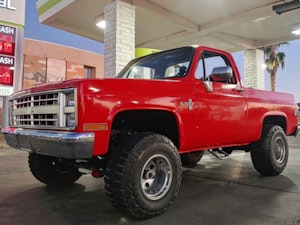



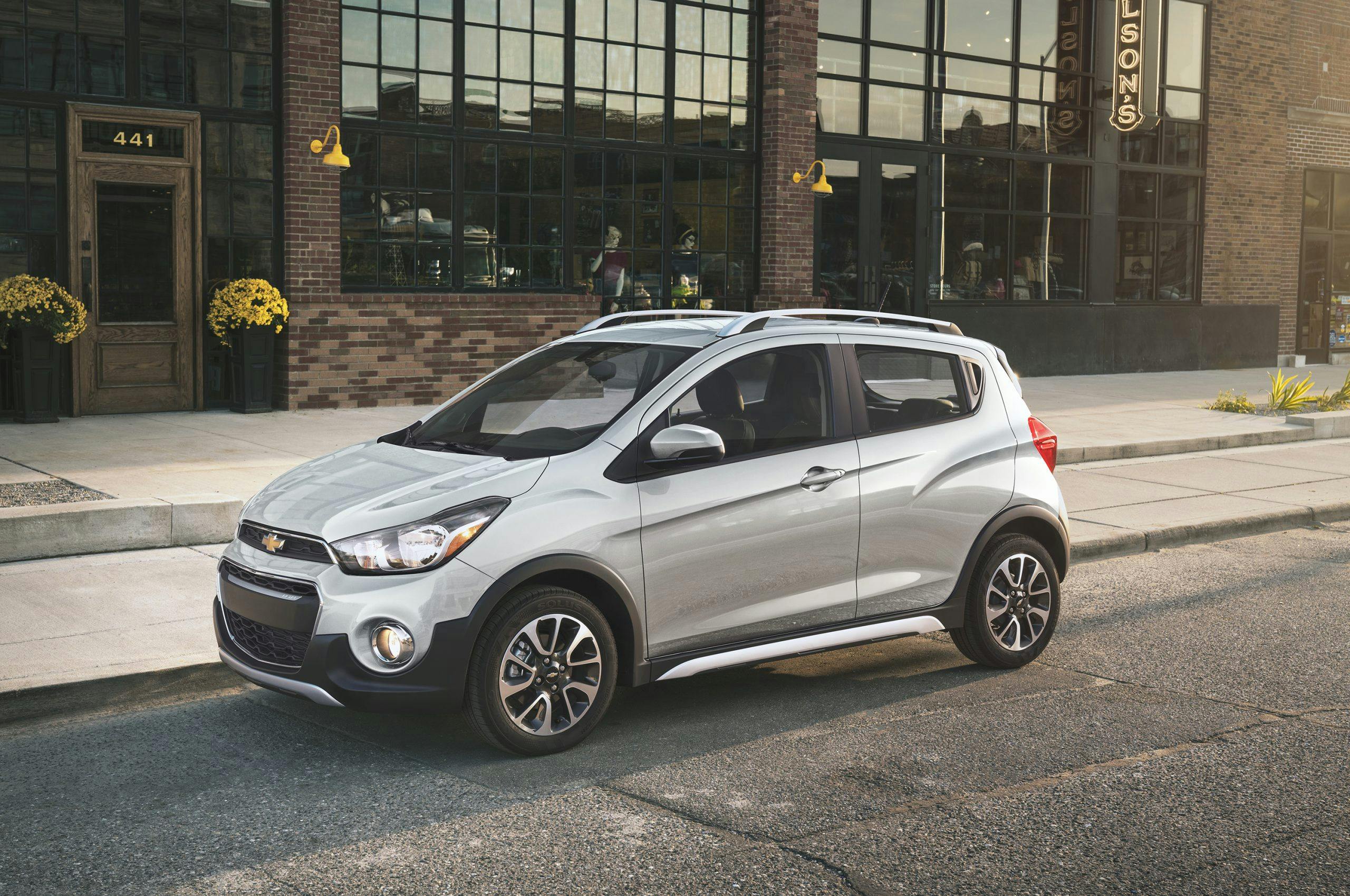
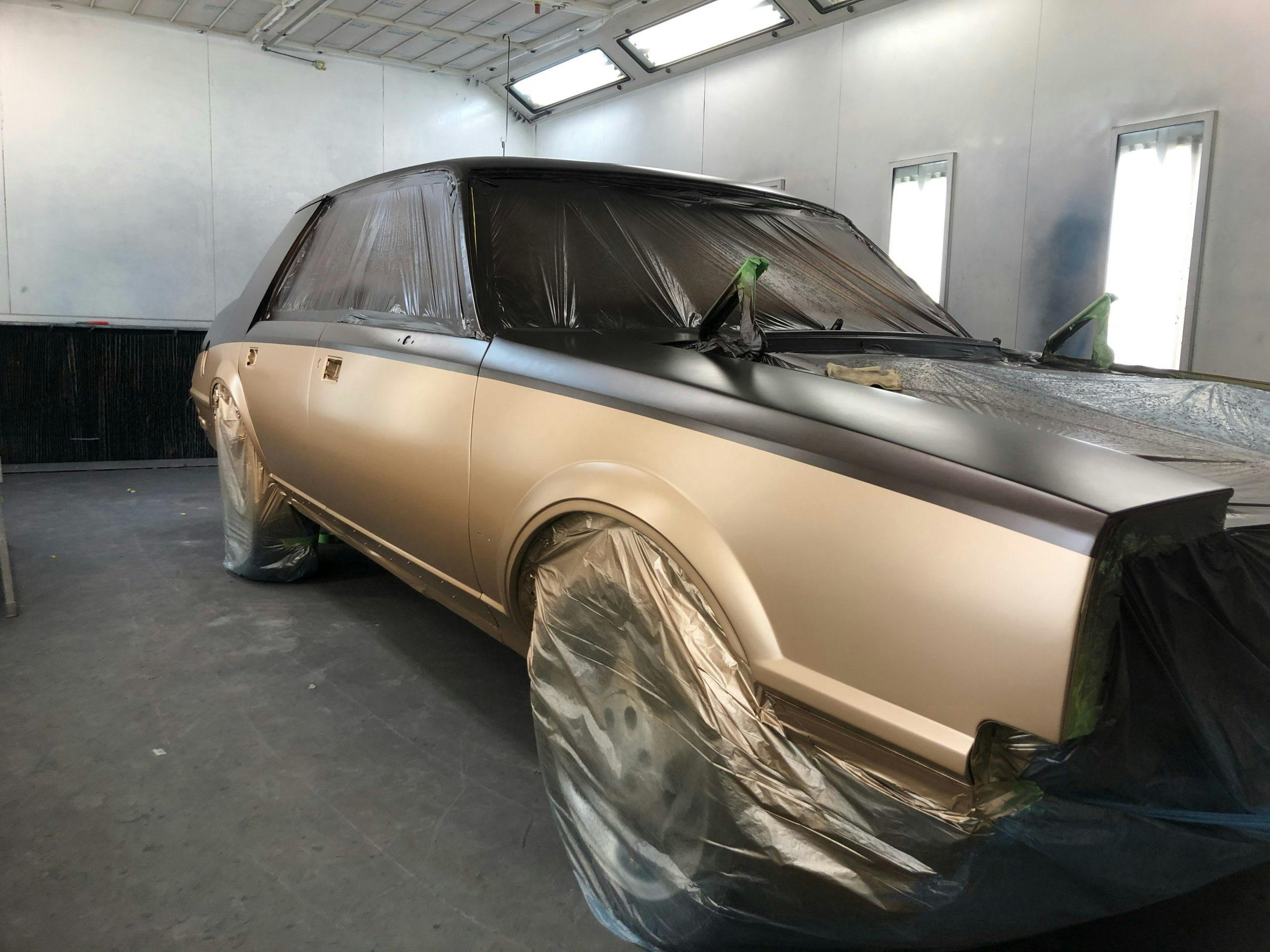
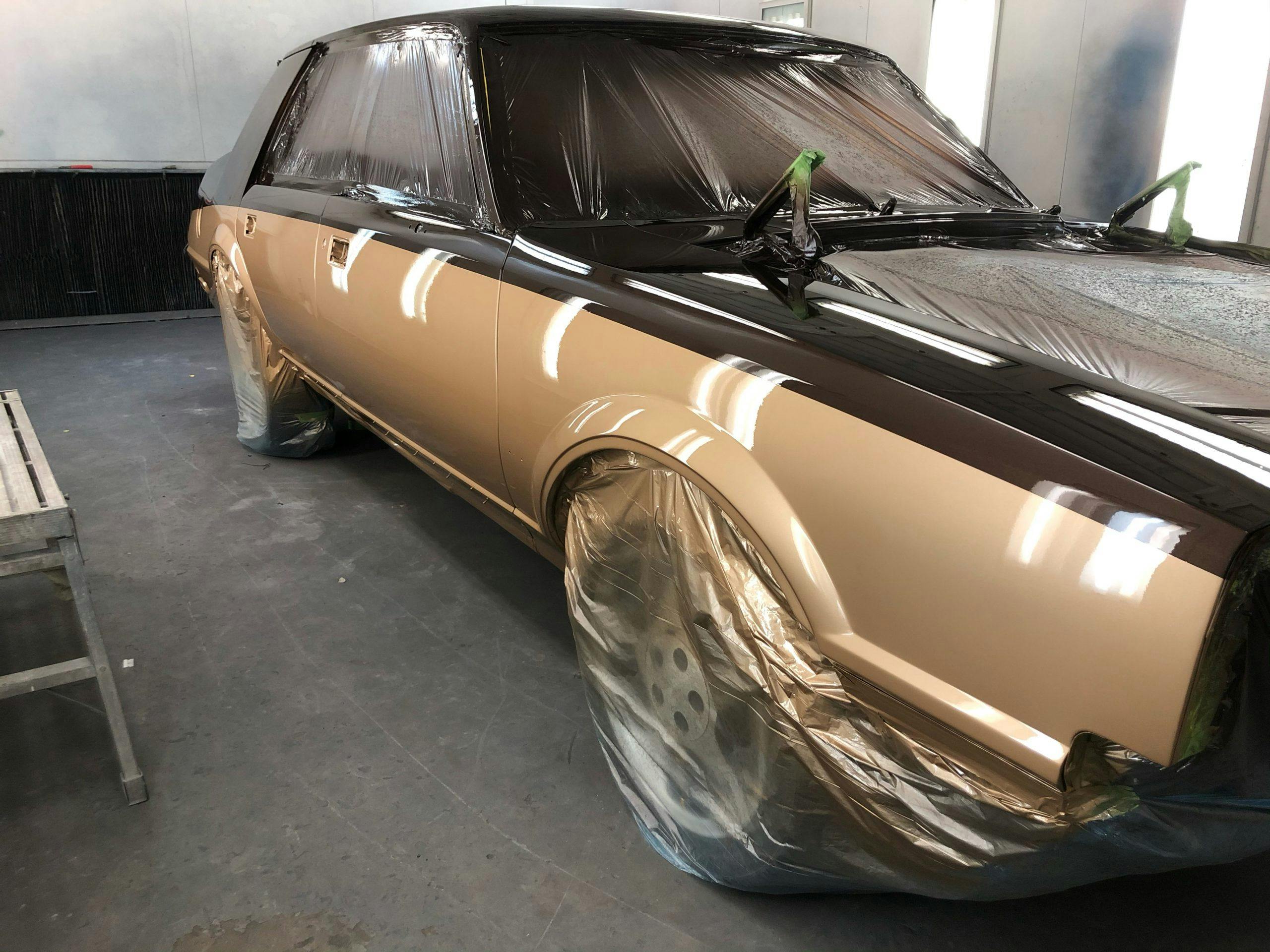
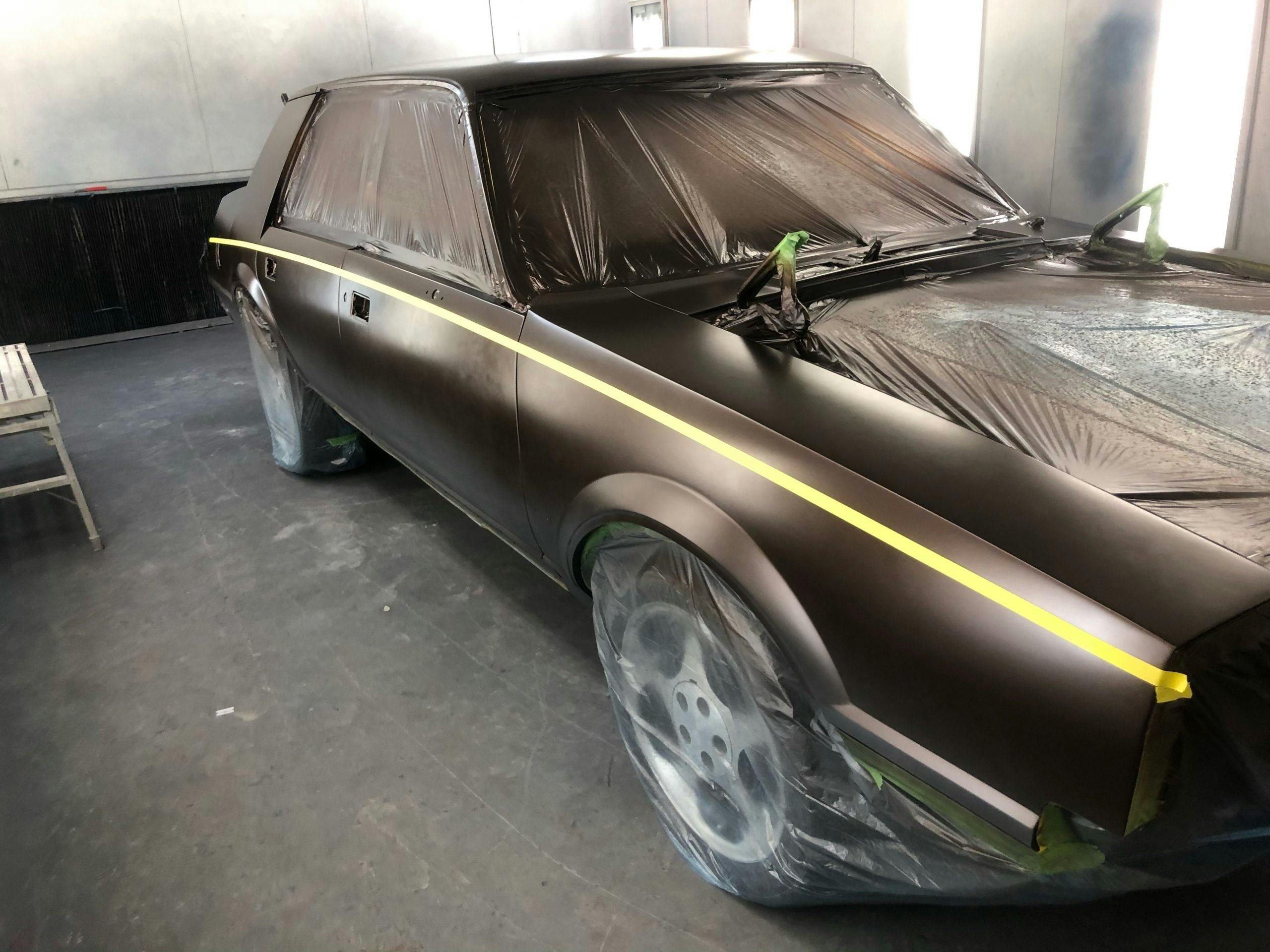
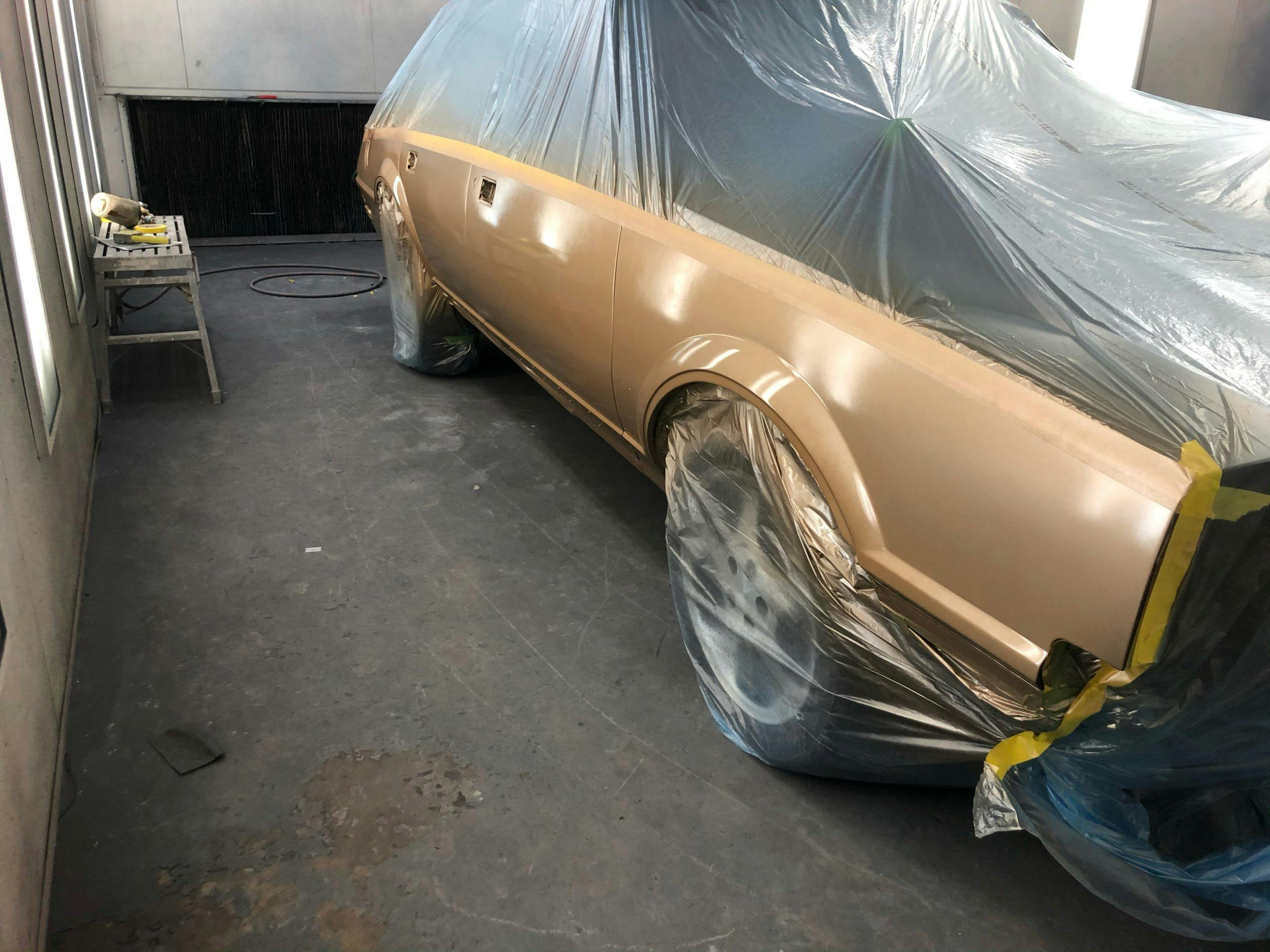









I’ve always been a sucker for a two-tone paint job. It just adds something to a car that an obnoxiously aggressive grill or rim can’t. And while manufacturing costs are a consideration, we are on the technological cusp of being able create a hood ornament in the likeness of my 5th grade math teacher for pennies.
What’s so expensive about a flat black hood like the old Boss Mustangs? Different piece from a different spray booth. Modern car designers lack individual artistic liberty and it’s a shame although racing stripes are still a thing and represent the same essential complicated conditions. The body style must lend itself to a two tone like Corvette door coves or separate fenders or sharp edges like project Valentino.
How much will they charge to mask and run it through the paint booth again? Especially now, when you can only get a white car without a charge at my former employer, Chrysler (or whatever it’s called this week).
Two tone charcoal black over silver/grey on a 1964 Hillman Imp (with 1″ white wall tyres) looks cute. Very distinctive and attracts a lot of attention with the opening ‘I had one of those …. etc”
Speaking of 50’s styling……if I look at a modern day Elantra, Prius or Civic (and many others), and squint just a bit, all I see are sharp angles. Think wing taillights popular around 1957 or so. Cars featuring sharp angles have become alive and well again, albeit smaller than the massive boats of the late 50’s. Styles may go out of favor for a while, but the better ideas (matter of opinion of course) tend to come back. If they feel that two tone will move units off the lot, they’ll figure out how to produce them cheaper. Just reprogram the robots, right?.
Let’s go all the way – three-tone!!
https://palmeter.com/mymod1955ford/
Yes David, the salmon colour was popular in the mid ‘50’s. I had a 55 Chev with a salmon and gray combination. I wish I had a pic of it to show. A beautiful car!!
How is Two-Tone paint a ‘1950’s Thing’ There have been factory two-tone options through all of the past and current decades.
Do better research.
I’m thinking it is just another way for the manufacturers to sell an option for a ridiculous price.
They will convince us we need the two tone paint job, and then they hit you with the cost.
Entry level Chevys have several colors available at no extra cost. Once you get past entry level
GM products are white or silver standard and every other color is and extra cost option.
Nothing looks better than a clean black car or truck.
Agreed – even with just a minimal amount of “chrome” or stainless thrown it … but maintaining it, especially if it’s a daily driver, can be a nightmare.
Some of the 50’s cars were actually metallic and solid on the same car. Chrysler used a metallic dark red green or blue paired with off white. Those were nice. I had a ’60 Dodge Polara D500 that was metallic green with a plain white accent on the roof pillar.
I plan a restoration on my dad’s two-tone F-150. It was originally two-tone red and white, non-metallic. I plan to use the modern Ford red metallic and pearl white. I saw that on one at a car show and it looked awesome.
There are very few of the cars being produced today that will work with a two-tone. The Chrysler 300 is the one the comes to mind first. I’ve seen plenty of those done in two-tone.
I personally like the overall look of two-tone paint schemes, depending on the make and model of course. I can see how this feature costs more money whether it’s done at the factory or at a private paint shop. When it comes down to classic cars this particular application outperforms vinyl roofs in the long run (oxidation is enemy #1 pertaining to vinyl roof installs). I opted to go without a vinyl roof when restoring my 1968 Chevelle SS. I must say I liked how it looked originally with the black vinyl roof but now wish I would have gone ahead with putting it back on. After 2+ years of nonstop work doing a frame-off rotisserie restoration, I’m hesitant to mess around now and have it put back on. Before the paint choice was made I thought of having a black painted roof as a substitute (for contrast) vs the vinyl top. My restoration shop owner swiftly talked me out of that idea. I kept all of the original moldings (had them polished and replated) for the next caretaker. I’m too damn old to worry about rust and didn’t consider that having a vinyl roof wouldn’t be a problem at least for me!
I think one reason cars in the 50’s could be two or three tone, was they usually had chrome trim. That divided the sides of the car so they had areas that could be a different color and didn’t have to have the different colors “touching” each other.
Whats the difference twixt a two-tone finish (one using existing body lines or applied chrome dividing trim as the separator); or solid color with contrasting color on companion panels, like this? i.e. http://jetfire.com/